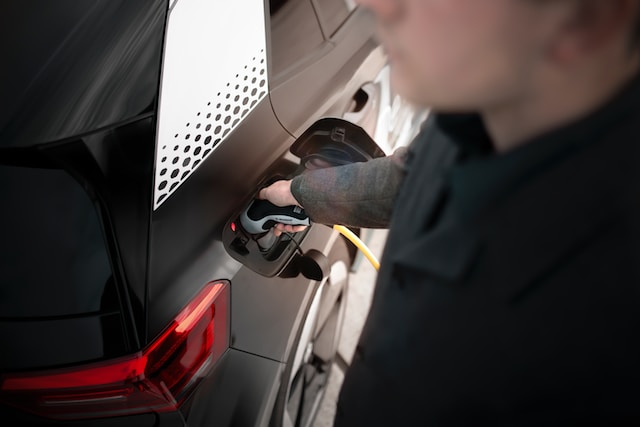All opinions are mine and mine alone.
Whenever we think about the future, we often imagine life today but slightly better (or worse depending on your views). However, that’s not how it works in practice. The future is hardly ever a slow continuation of the past. Instead, there are step-changes where things just become very different, very quickly.

That’s likely what’s going to happen with EVs. While they look similar to conventional vehicles today, you can already see that manufacturers aren’t afraid to play around with new concepts to win market share. It’s all about discovering what’s possible given the new technology, which could mean a move away from how we traditionally define the quintessential car.
Remember, cars were once “carriages” pulled by horses. It’s hard to see the similarity between 18th-century transport and how we get around today.
So why might new EVs look totally different from vehicles today? Let’s take a look at some of the arguments.
No Need For A Front Grille
Early EV manufacturers included grilles just for display for the first batch of vehicles they created. However, grilles in battery-powered cars are superfluous. Without a conventional combustion engine, there’s no need for an air intake.
Now, though, we are seeing EV prototype manufacturers play around more with the idea of skipping the front grille entirely. This approach is nothing short of revolutionary and people are still getting used to the idea. However, Nissan, Tesla, and Polestar are all experimenting with the new concept and bringing it into production vehicles.
Different Aerodynamics
The aerodynamics of conventional vehicles matters for fuel efficiency, but designers have some room to maneuver. After all, gas-powered vehicle owners don’t have any range anxiety when there are filling stations every few miles.
The same is not true of EVs. Without chargers everywhere, many drivers worry they won’t have sufficient charge to get to their destination.
That’s where new dynamics are coming into play. Manufacturers are experimenting with making EVs radically sleek to reduce air friction at speed and help them increase their vehicles’ range on the highway. Again, we already see these changes. However, they are likely to go into high gear as competition in the sector heats up. Vehicles may borrow technology from the motorsports world to help them go further with less fuel.
Fewer Mechanical Components
EVs are also liable to look different in the future because they require fewer mechanical components. Designers have more freedom in how to shape the vehicle’s chassis because they don’t need to accommodate so many parts. For example, EVs don’t require fuel tanks, exhaust tanks, or transmission mechanisms. The absence of these components frees up space, enabling novel layout concepts in the cabin.
Battery Placement
There’s also the fact that EVs put the battery on the floor to lower the center gravity of the vehicle. This innovation gets rid of a lot of the clutter in the middle of the vehicle and makes the whole thing feel more open and spacious, potentially changing how people view the interior of vehicles in the future.



Speak Your Mind